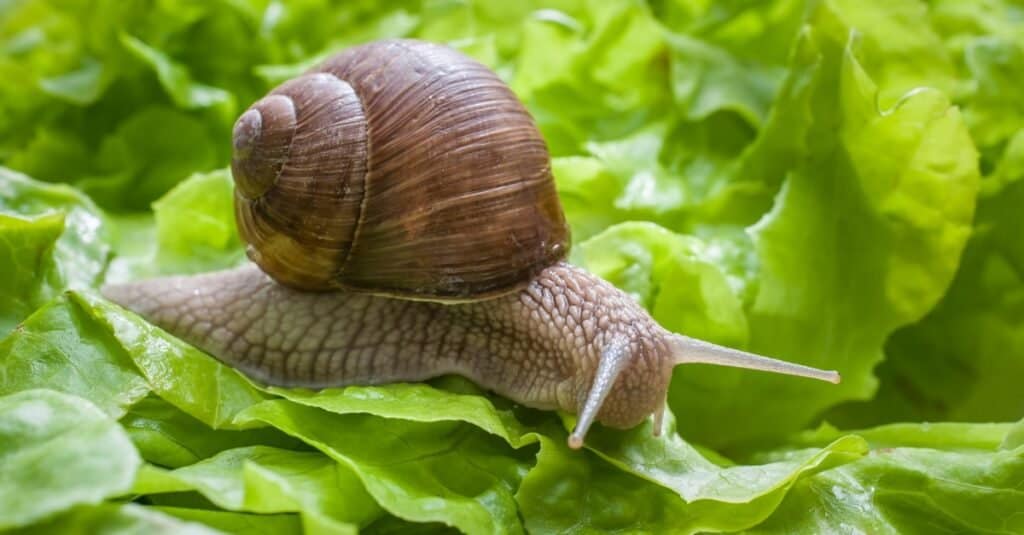The basic definition of hermaphrodite is an organism that has both male and female reproductive organs. In botanical terms, it is a plant that has a stamen and a pistil within the same flower. Though the term applies to characteristics in some definitions, it’s more of a sociological descriptor, rather than a biological one.
Hermaphrodite Humans
True hermaphroditism, also known as intersex, is exceedingly rare among humans. True hermaphroditism occurs when mixed histological features are present. For instance, when a human carries at least one teste and one ovary, it’s an example of mixed histological features.
However, a single ovary and a single teste are not the only examples of traits that qualify for the hermaphrodite application. There are four categories of hermaphroditism.
- Bilateral
- Unilateral
- Lateral
- Indeterminate
Bilateral
Everything surrounding hermaphroditism is based on two sides. A simple example is the presence of two testes in a male, one on the left and one on the right. Bilateral hermaphroditism means that both ovarian and testicular tissues are present on both sides.
Unilateral
For unilateral hermaphroditism to occur, the contralateral side must have a regular teste or ovary, while the other side must have an ovotestis.
Lateral
The simplest descriptor of hermaphroditism is lateral hermaphroditism. This means one side contains an ovary and one side contains a teste.
Indeterminate
When all the factors of hermaphroditism are present but it can’t be determined if it’s bilateral, unilateral, or lateral.
Hermaphrodite Animals

Garden snails are exclusively hermaphrodites. When two of them mate, they exchange sperm.
©Alexander Raths/Shutterstock.com
Where hermaphroditism is very rare and often problematic in humans, it’s more common and, in many cases, natural in the animal world. For instance, 21 species of fish are natural hermaphrodites. Snails are hermaphrodites more often than not, though they still need to mate.
Sand dollars, sea urchins, starfish, and sea cucumbers are often hermaphrodites, and it’s common among most echinoderms. While worms need to mate to reproduce, in most instances, hermaphroditism is quite common among various species of worm.
Outside of mutations, there are no mammals that are considered to be hermaphrodites. In insects, it is very uncommon. It’s so uncommon that ideas focused on the possibilities of one or two species of hermaphrodite insects are controversial.
Hermaphroditism is far more common in invertebrates, fish, and plants. Many popular flowers are hermaphrodites, including roses, sunflowers, daffodils, lilies, magnolias, and more. Hermaphroditism is more common in plants and invertebrates than in anything else in the world.
Hermaphrodite Pronunciation
Hermaphrodite is pronounced: hur – ma – fruh – diet




